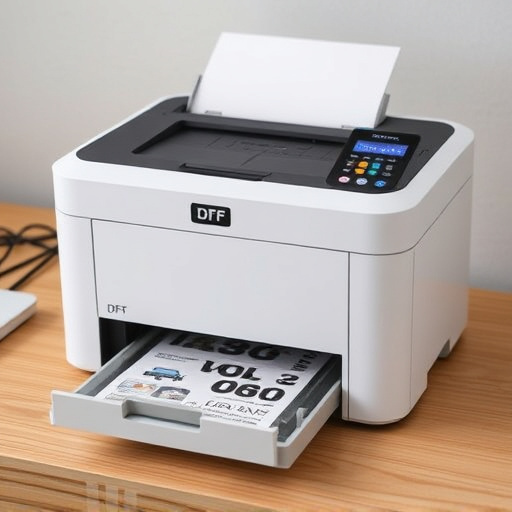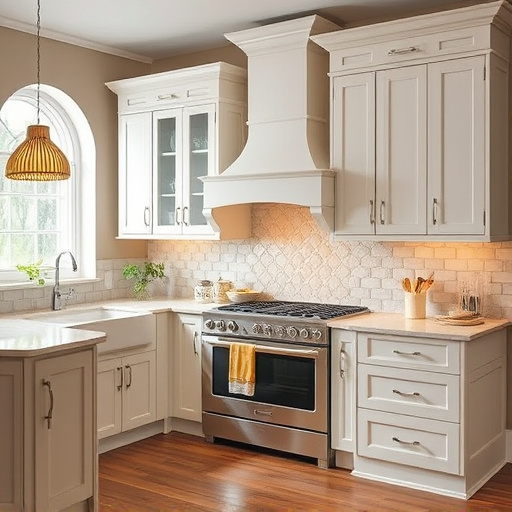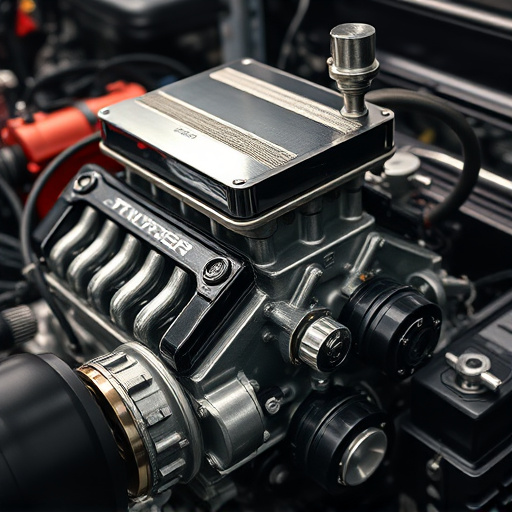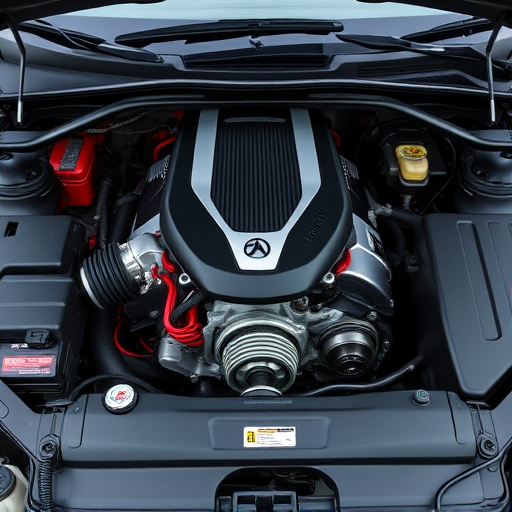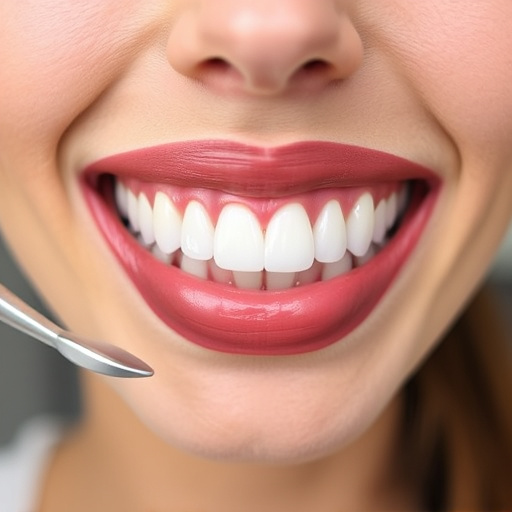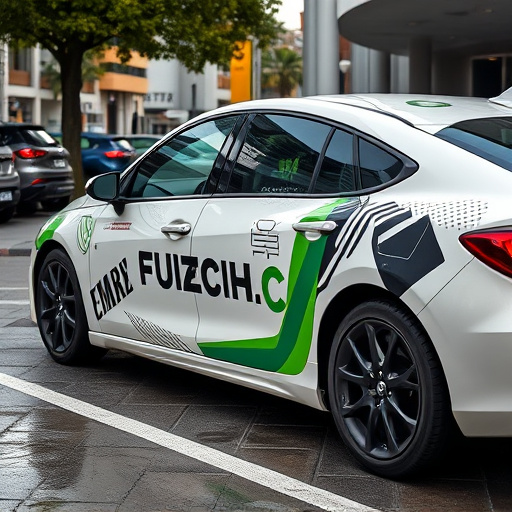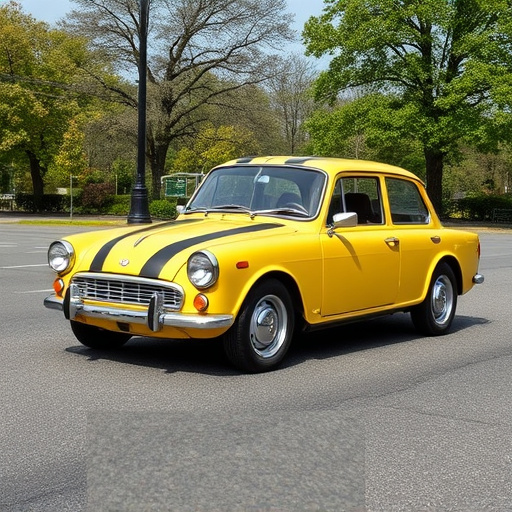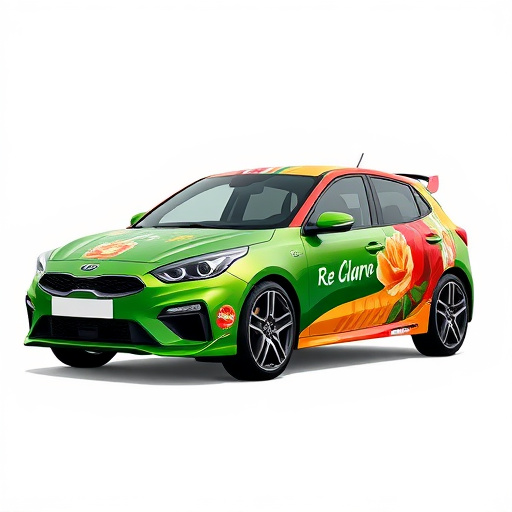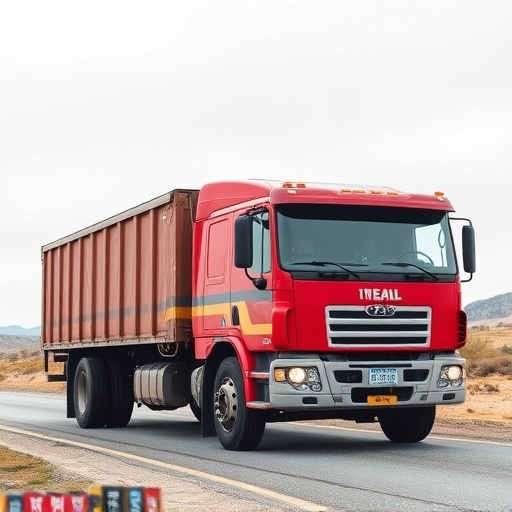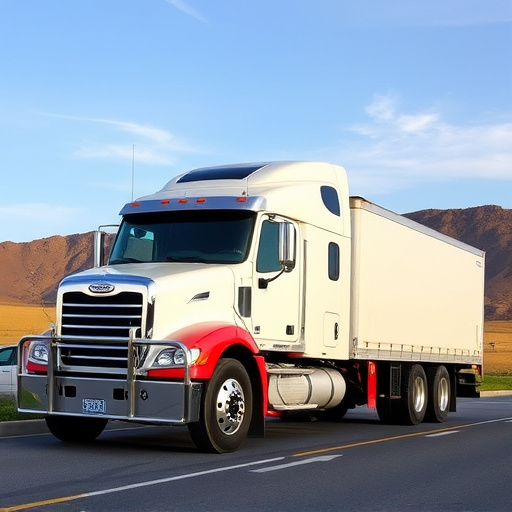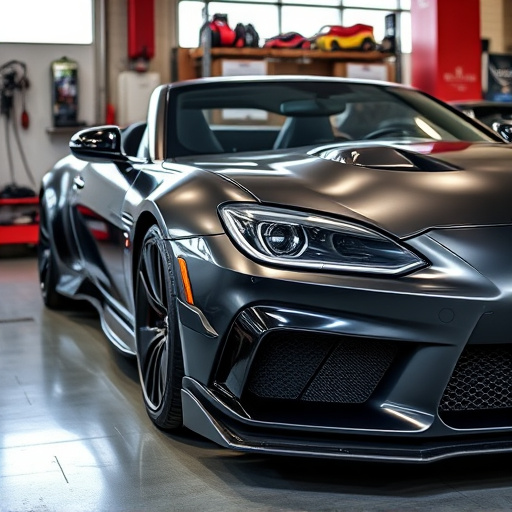Choosing the right surface is vital for a successful floor graphics application, impacting both design longevity and effectiveness. Consider traffic volume, whether temporary or permanent, and your intended message or brand visibility. Smooth surfaces like concrete or wood offer best adhesion, while rougher ones require preparation. High-quality coatings tailored to each surface enhance durability in high-traffic areas, with robust solutions ideal for industrial or busy showroom floors.
In the realm of visual communication, floor graphics have emerged as a powerful tool to transform spaces. This article guides you through the art of achieving successful floor graphics application, focusing on understanding essential requirements and selecting the perfect surface. We delve into key considerations for longevity and effectiveness, ensuring your message resonates loudly in any environment. Discover the best surfaces to elevate your floor graphics to new heights, making each step a strategic statement.
- Understanding Floor Graphics Application Requirements
- Choosing the Right Surface for Optimal Results
- Key Considerations for Longevity and Effectiveness
Understanding Floor Graphics Application Requirements
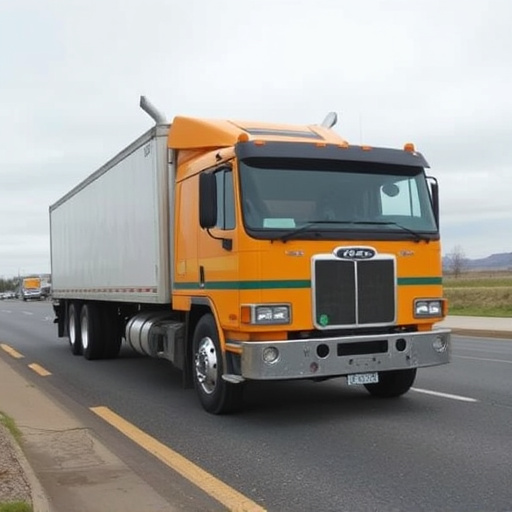
Before selecting the best surface for a floor graphics application, it’s crucial to understand the specific requirements and goals of your project. Floor graphics are used in various settings—from retail stores and event venues to vehicles and automotive workshops—each with unique needs. For instance, a floor graphic designed for a high-traffic retail space must be highly durable and resistant to scuffs and tears, whereas a temporary floor graphic for an event might prioritize ease of installation and removal.
Understanding your target audience and the intended message is also vital. Are you aiming to enhance brand visibility with eye-catching graphics? Or perhaps inform customers about safety protocols in industrial spaces? The purpose will guide choices regarding design elements, color schemes, and overall visual impact. Additionally, consider the medium—whether it’s a static floor graphic, interactive display, or even a vehicle wrap (a form of premium automotive service)—as this significantly influences the selection of suitable materials and application techniques for successful results.
Choosing the Right Surface for Optimal Results
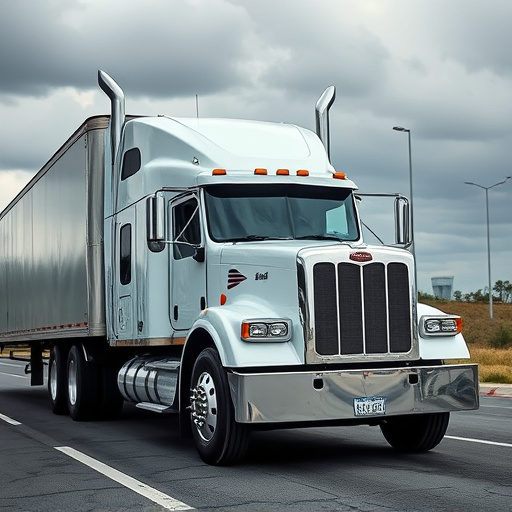
When it comes to achieving optimal results with floor graphics application, selecting the right surface is paramount. The suitability of a substrate greatly influences the durability, vibrancy, and overall aesthetic appeal of the final design. Factors like texture, porosity, and moisture levels play a critical role in determining whether the graphic will adhere well and remain intact over time.
For instance, smooth surfaces like concrete or polished wood offer excellent adhesion, making them ideal for long-lasting floor graphics. On the other hand, rougher surfaces may require additional preparation, such as applying protective coatings or using specialized adhesives designed for vinyl wraps in car customization. Understanding these nuances ensures that your floor graphics application not only looks stunning but also withstands the test of time and foot traffic.
Key Considerations for Longevity and Effectiveness
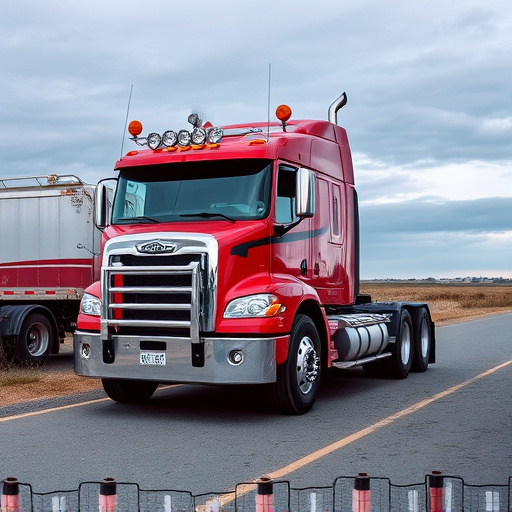
When considering the longevity and effectiveness of floor graphics application, several key factors come into play. First and foremost, the choice of surface is paramount. Different materials, like concrete, vinyl, or wood, demand specific preparation and adhesive solutions to ensure the graphics adhere well and remain vibrant over time. Additionally, the quality of the applied coating plays a significant role; a robust ceramic coating, for instance, offers superior durability compared to standard finishes.
For optimal results in floor graphics application, it’s essential to invest in high-quality finishes tailored to the surface. This not only enhances the visual appeal but also extends the lifespan of the design, especially in high-traffic areas or industrial settings. Consider the environment and expected footfall when selecting materials; a robust vehicle enhancement solution might be ideal for a busy showroom floor, ensuring the graphics remain intact even with frequent vehicle movements and cleaning processes.
When it comes to successful floor graphics application, understanding your project’s needs and selecting the perfect surface are key. By considering factors like cleanliness, smoothness, and material composition, you lay the foundation for long-lasting, impactful visuals. Remember, the right surface choice can enhance visibility, withstand heavy foot traffic, and ensure your floor graphics remain vibrant and effective for years to come.
